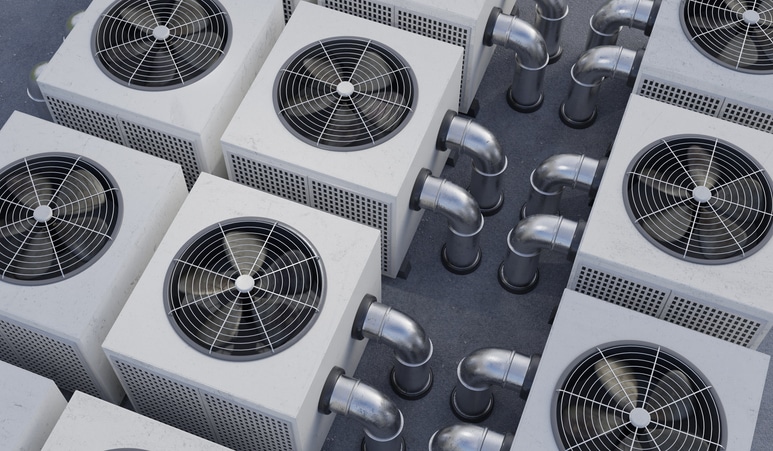Replacing a substantial air conditioning system in a large commercial building is a complex undertaking fraught with challenges. This article explores the key obstacles organisations face and offers potential solutions.
The Scale of the Challenge
Replacing a large-scale air conditioning system is a significant investment, both financially and operationally. The sheer size and complexity of these systems make them difficult to replace without causing disruptions to business operations.
Key Challenges
- Disruption to business operations: Implementing a new system without affecting productivity is a major challenge. Careful planning and phased installations can mitigate this.
- Financial investment: The upfront costs of a new system can be substantial. Energy efficiency improvements and long-term cost savings can help justify the investment.
- Technical complexity: Modern air conditioning systems are highly complex, requiring specialised expertise for design, installation, and maintenance.
- Regulatory compliance: Adhering to building codes, energy efficiency standards, and environmental regulations can be time-consuming and costly.
- Staff training: Employees need to be trained to operate and maintain the new system effectively.
- Space constraints: Installing a new system may require modifications to the building’s structure, which can be challenging and expensive.
Overcoming the Obstacles
- Comprehensive planning: A detailed project plan is essential. It should include a thorough assessment of the existing system, energy efficiency goals, and potential disruptions to operations.
- Financial analysis: Conduct a cost-benefit analysis to evaluate the return on investment. Consider energy savings, increased productivity, and improved indoor air quality.
- Expert partnership: Engage a qualified HVAC contractor with experience in large-scale projects. Their expertise can streamline the process and mitigate risks.
- Phased implementation: Breaking down the project into phases can minimise disruptions. Consider replacing sections of the system gradually.
- Energy efficiency focus: Prioritise energy-efficient systems to reduce operating costs and environmental impact.
- Staff training: Invest in comprehensive training programs for employees to ensure optimal system performance and efficiency.
- Incentives and rebates: Explore government incentives and rebates to offset the initial investment.
Replacing a large commercial air conditioning system is a substantial undertaking, but with careful planning and expert guidance, it can be a successful project. By addressing the challenges proactively, organisations can reap the benefits of improved energy efficiency, enhanced indoor air quality, and a more comfortable working environment.
Would you like to delve deeper into a specific challenge or explore potential solutions in more detail? Get in touch today.
